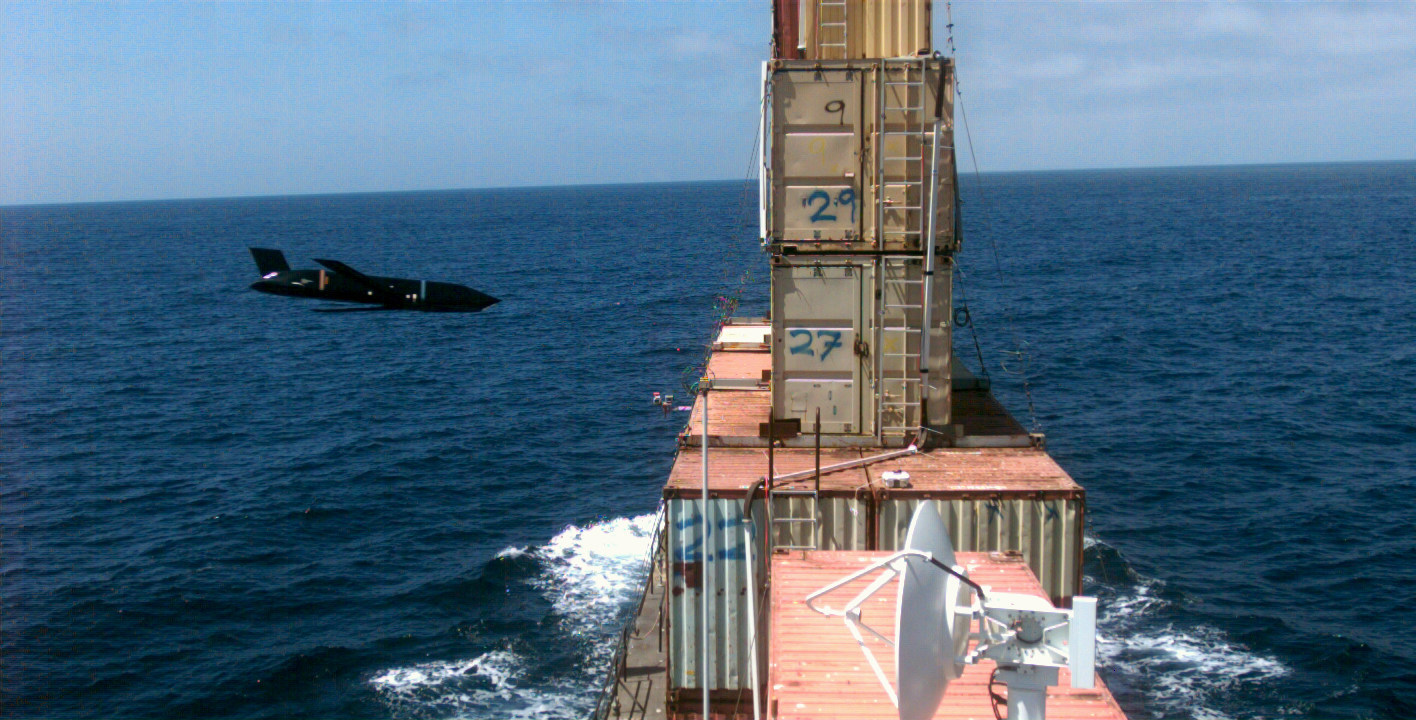Lockheed Martin has completed a sixth successful test firing of a production version of its Long Range Anti-Ship Missile (LRASM), with the munition striking a stack of shipping containers aboard a boat on the Pacific Ocean.
The guided missile, launched from a US Air Force Boeing B-1B Lancer, hit its floating dummy target within the sea range off NAS Point Mugu in California on an undisclosed date.
LRASM is a precision-guided, anti-ship standoff missile based on the company's already deployed Joint Air-to-Surface Standoff Missile - Extended Range. It is designed to be used by the US Navy and air force in battle against the surface ships of advanced foes, such as China or Russia.

Lockheed Martin
The missile uses a variety of sensors, encrypted communications and a digital anti-jamming GPS to find and hit specific targets within a group of ships at sea, according to Lockheed Martin.
LRASM is built to also use semi-autonomous guidance algorithms to pinpoint specific targets on its own, reducing dependence on other communication channels and information sources, which could be disrupted by enemy electronic warfare activities.
Lockheed Martin says the air-launched variant of the missile will have early operational capability for the USN's offensive anti-surface warfare Increment I requirement, and will be deployed on the USAF's B-1B Lancers in 2018 and the navy's Boeing F/A-18E/F Super Hornets in 2019.
Source: FlightGlobal.com






















